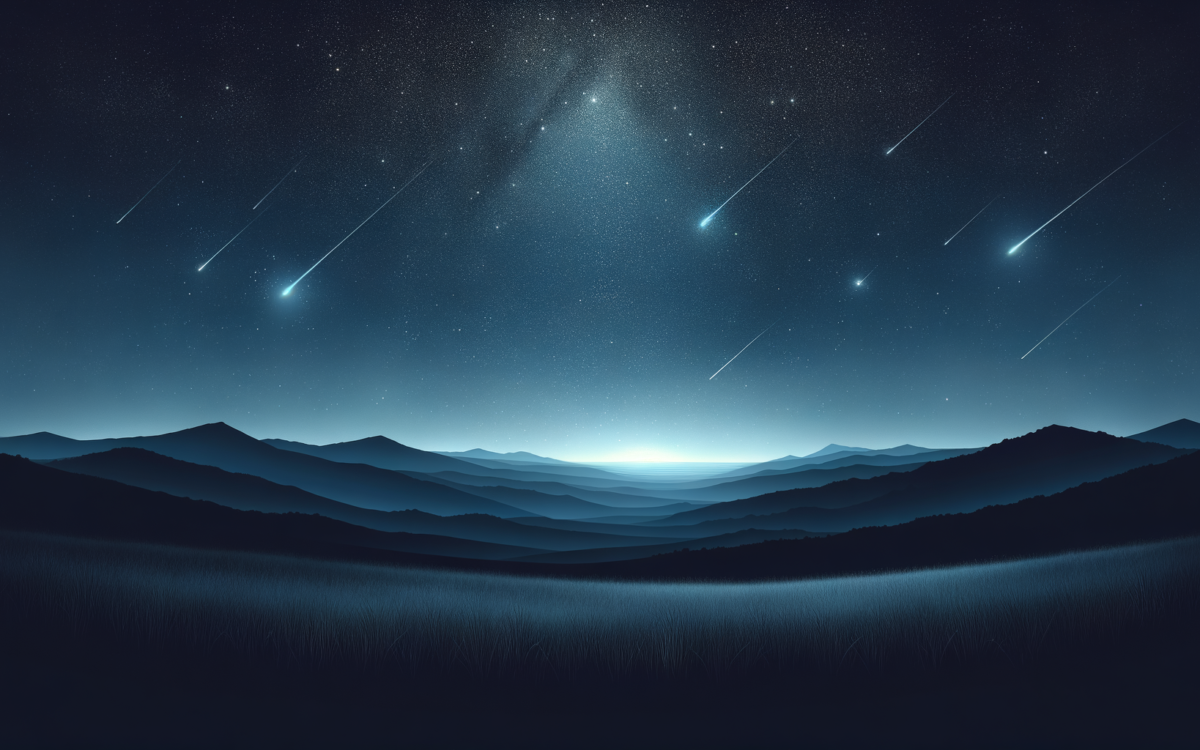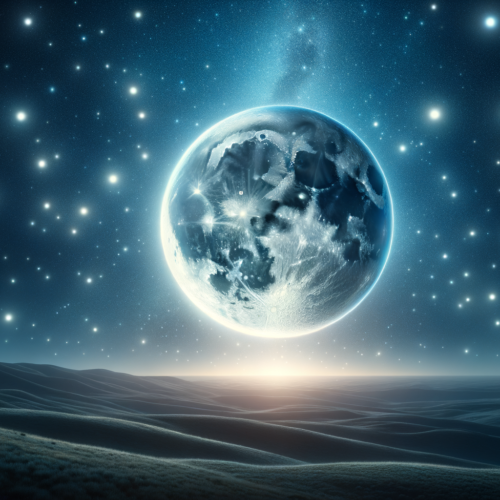The Geminids Meteor Shower: A Celestial Extravaganza Until December 21
Key Points to Know
- The Geminids meteor shower, known for its unique yellow-glowing meteors, will be visible until December 21.
- Under ideal conditions, viewers can expect up to 15 meteors per hour, impacted by this year’s almost full moon.
- The next meteor shower, the Ursids, is set to peak on December 22.
The Cosmic Display of the Geminids
Prepare to gaze upwards, Earthlings! The Geminids meteor shower, one of the few major celestial events originating from asteroids, is putting on a dazzling show until December 21. While the peak viewing night was December 13, there’s still time to catch a glimpse of those fiery trails lighting up the sky. These meteors are particularly notable for their cheerful yellow glow, attributed to the unique materials from which they originate, as explained by Sally Brummel, planetarium manager at the University of Minnesota’s Bell Museum.
Under the right conditions, the Geminids are renowned for presenting one of the brightest meteor displays of the year. However, this year, our celestial companions will be competing for attention with an almost full moon, which is expected to wash out many of the meteors. According to the American Meteor Society, viewers can anticipate a sighting of about 15 meteors per hour during peak times, so it’s all about finding a sweet spot away from the gloomy glow of city lights.
What Exactly is a Meteor Shower?
A meteor shower is a spectacular yearly event where numerous meteors streak across the night sky. Most of these showers are linked to debris from comets, but the Geminids stand out as they trace their origins to the asteroid 3200 Phaethon. When fragments from space make their way into our atmosphere, the friction heats them up, creating a glowing trail known as a “shooting star.”
Ranging from tiny dust particles to boulders, these cosmic rocks create glowing pockets of air as they blaze through the atmosphere. The harder nature of asteroid debris also means that the Geminids can produce impressive fireballs, as noted by NASA’s William Cooke, who emphasizes how resilient these rocky visitors are.
Viewing Tips for the Best Experience
To make the most of your meteor-watching experience, try to do so between midnight and the early hours of dawn when they’re most visible. Seek out dark locations, free from the distractions of city lights, and aim for clear, cloudless nights for optimal viewing conditions. And here’s a pro tip: give your eyes a break from screens to enhance your ability to spot those shooting stars.
What’s Next in the Sky?
If you’re still feeling starry-eyed after the Geminids, mark your calendars for the next meteor shower—the Ursids, which will peak on December 22.
Jon’s Take
As we look towards the stars, it’s a humbling reminder of the vast universe that surrounds us. Could it be that these celestial events are not just entertainment but a message from beyond? The truth isn’t just out there – it’s right here, inviting us to wonder about the cosmos and our place within it. So, who knows what else might be lurking in the night sky just waiting to be discovered!
Original Article




